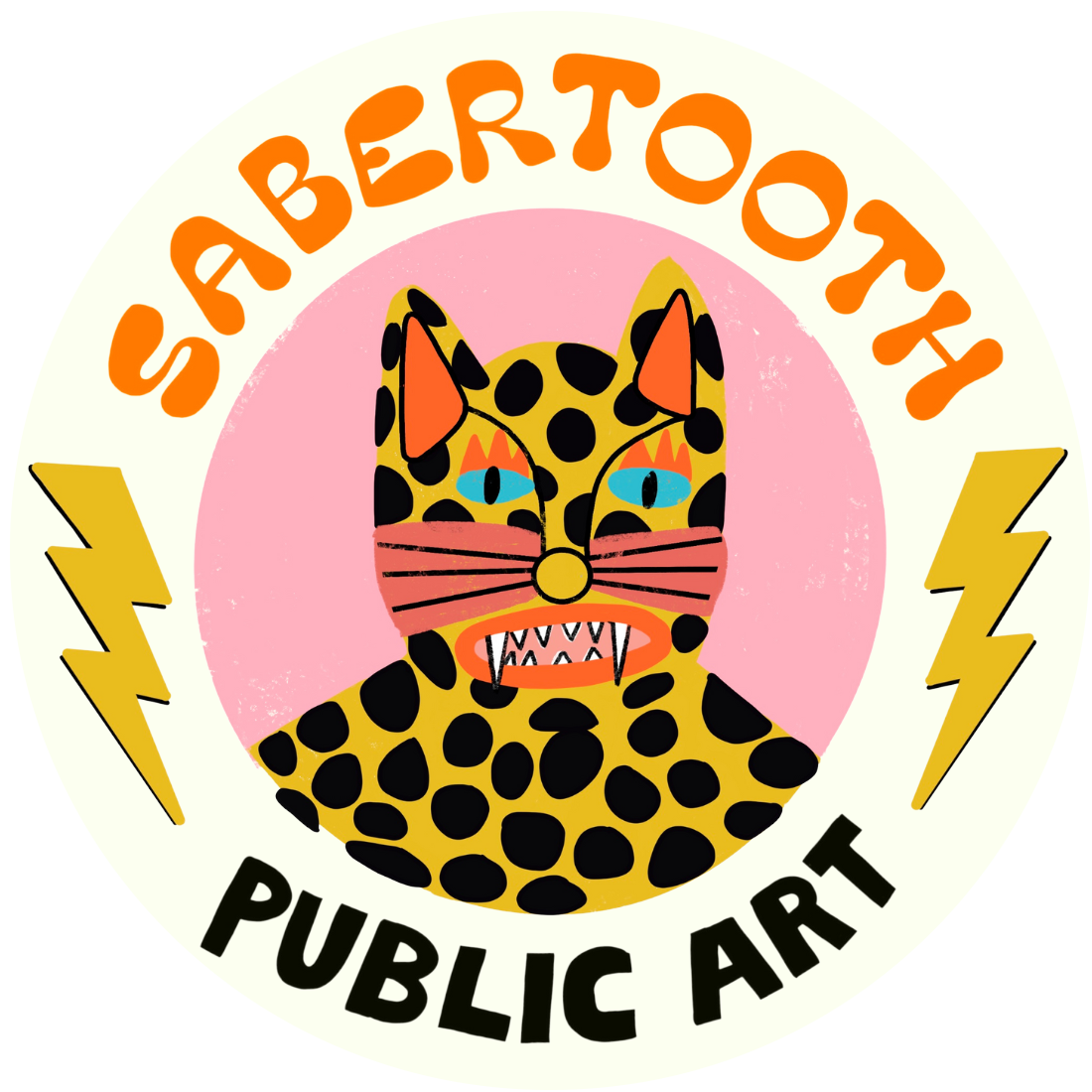This art installation is made of up-cycled plastics that might otherwise end up in landfills or our fresh and saltwater habitats. According to UNESCO Ocean Literacy Portal, plastic waste makes up 80% of all marine pollution and around 8 to 10 million metric tons of plastic end up in the ocean each year. It has also been estimated that by the year 2050 we can expect more plastic than fish in our seas. Plastic generally takes between 500-1000 years to degrade. Even then, it becomes microplastics, without fully degrading. Currently, there are about 50-75 trillion pieces of plastic and microplastics in the ocean. This plastic either breaks down into microplastic particles or floats around and ends up forming garbage patches. The impact of plastic waste in our ocean habitats can be an overwhelming prospect. As public artists and creative placemakers, one of our aims is to raise awareness around some of the most pressing environmental challenges of our time.
The hanging sculptures in this installation are created entirely from plastic donated by our community or saved from the garbage. Of the hundreds of mostly single-use plastics collected for this cause, each piece was carefully selected (or curated) to construct works of art that represent an abstraction of a kelp forest. The pieces that are illuminated were intentionally painted to be translucent, to drip, splash, or collect into pools of a more opaque surface to highlight the illusion of movement and life that would exist in a real kelp forest. The sculptures are also painted in an ombré effect to support the visual idea of the sun shining down through the water's surface without being illuminated. When pieces are glowing, it furthers the concept of light bouncing off the leaves of the kelp. The creative decision to leave the cracks, some label scraps, dents and grooves of the plastic really leans into the concept of saving what might be considered “trash” to be up-cycled into something more beautiful than before.
The tower was created by using old, unused grocery baskets and plexiglass stored from a photography exhibition 15 years ago. Holographic film was included to cover all the plexiglass to create a rainbow light effect while allowing the interior lights of the tower to twist and tangle like the stalks of kelp being moved by the water's current and all the activity of life. Each individual sculpture was designed to mimic a giant kelp, and together are structurally similar to a kelp forest. Kelp forests typically attach onto reefs or submerged rocks and grow up toward the water's surface.






